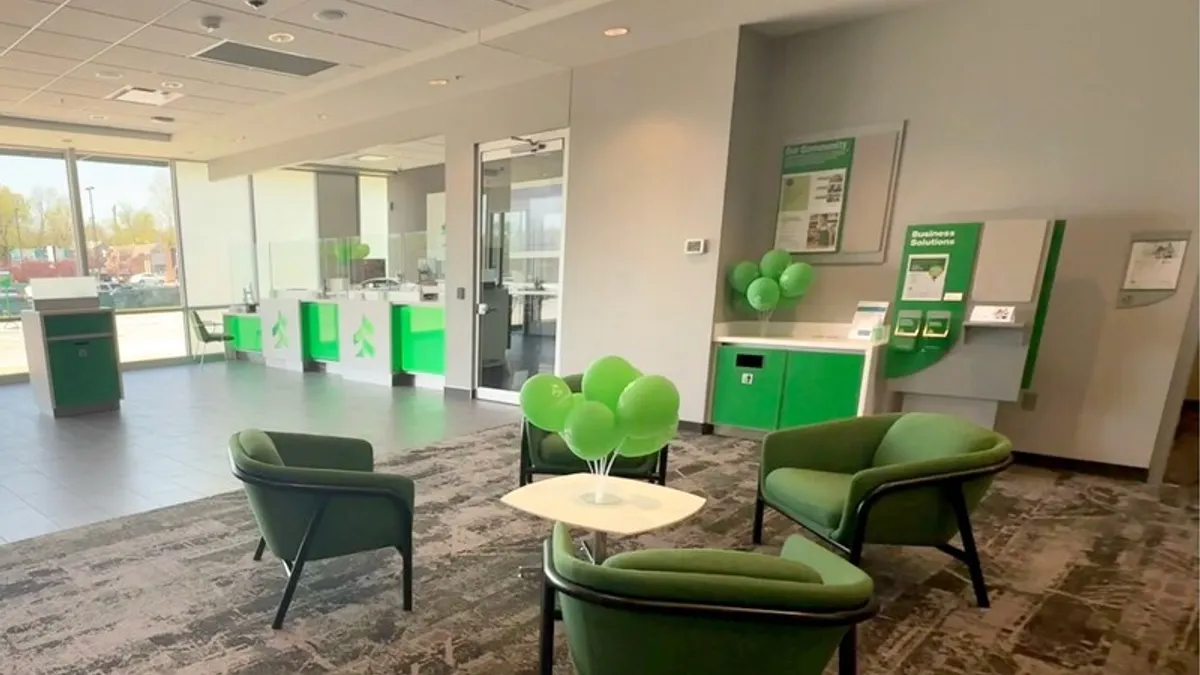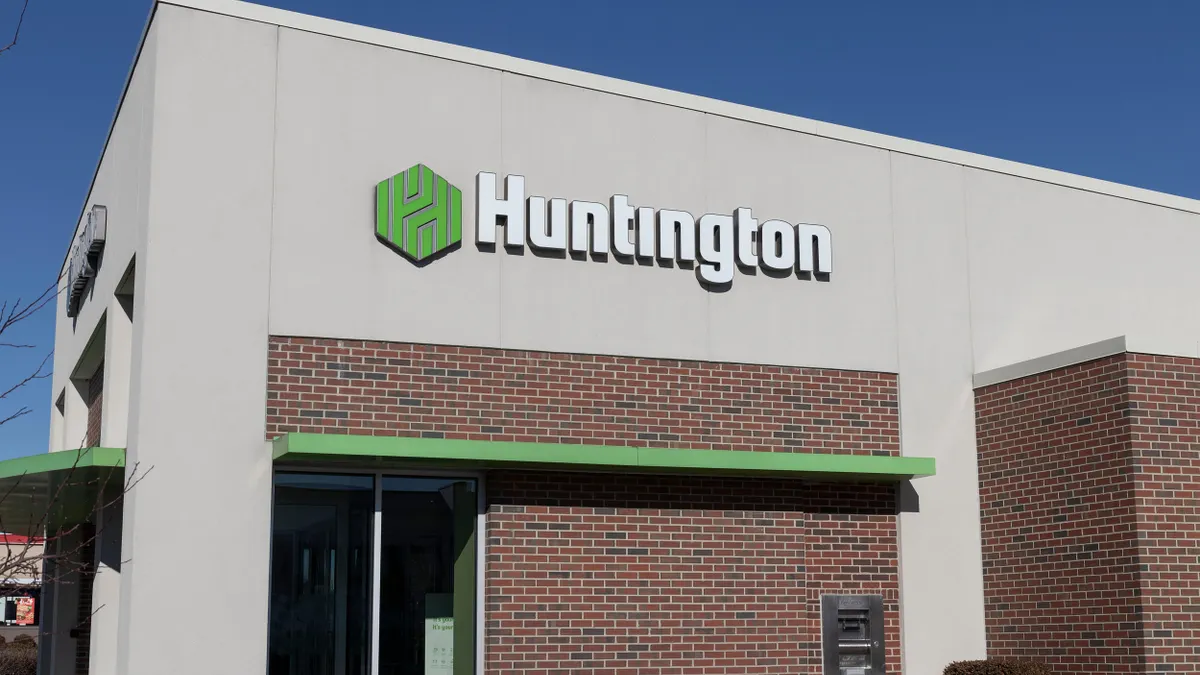Having added new bankers and lending verticals, Associated Bank is chasing growth in its commercial bank, even as economic uncertainty lingers.
Green Bay, Wisconsin-based Associated recently hired three relationship managers for its commercial banking team in Kansas City, Missouri. All three come from super-regional U.S. Bank, where Phil Trier, the bank’s head of corporate and commercial banking, spent more than two decades before he joined Associated 15 months ago.
“I knew all three of them very well from my predecessor bank, and how talented they are, and really excited about the impact that they're already making in a relatively short period of time,” Trier said.

Those three bankers will cover Kansas, Oklahoma and Texas for the $43 billion-asset lender. “We’re going to pause there a little bit, get the level of execution up, and then over time, I could see us growing that team, as well as looking at a more adjacent state kind of hiring strategy,” Trier said.
More broadly, the bank has hired 25 relationship managers across its core footprint in the last two years, who have come from large national, regional and community banks, he said.
“A lot of what we do is driven by talent,” he said. “Talent is going to lead where we go and help drive those decisions.”
The Midwest lender has completed planned investments in technology and people in its corporate and commercial segment, which serves companies with revenues of $25 million or more and includes specialty businesses such as equipment finance and treasury management.
As part of his strategy, Trier also introduced a new deposit-centric vertical with a national scope, focusing on title and escrow companies, property management firms and some fintech businesses. The banker hired to lead that endeavor, Rick Bruhn, is also a U.S. Bank veteran.
Now, the bank is focused on execution, strengthening Associated’s core business in the Midwest and expanding in newer markets.
That growth is fundamental to the bank’s strategy: Expanding the commercial bank is geared toward diversifying the bank’s balance sheet, as Associated rebalances from being more focused on lower-yielding consumer mortgages and consumer debt, to growing its commercial business and enhancing the products and services it offers those customers, Trier said. That’s ultimately designed to bolster profitability.
Especially in what Trier referred to as a “hyper-competitive market,” talent wins “can make a material difference,” he said.
New bankers operating under a non-solicit agreement with their past employer can pursue other market opportunities in the near term, and once those non-solicits expire, “they generally have long-existing, long-standing relationships and ones where they've earned the trust and respect over many, many years of serving” clients, Trier said.
While industry expertise is important with large companies, it doesn’t bring “a compelling message” with middle market customers, Trier said. Associated tends to favor more of a generalist approach for those clients.
“A lot of clients want local bankers. When you end up in an industry vertical, a lot of times, those resources aren’t local, and that can make it a little bit more challenging,” he said. “We like to have that combination of both.”
There’s no shortage of lender competition, but Trier doesn’t “view it as a zero-sum game.” The bank aims to take advantage of sizable opportunities in Chicago, Milwaukee and the Twin Cities – areas insulated from the coasts – with its “Goldilocks size,” Trier said.
Associated is large enough that it has the technology and talent, but small enough to be nimble and have a relatively flat hierarchy. “We can move at the speed that our customers want us to,” he said.
The bank declined to provide a figure for the investments made in corporate and commercial as part of its strategic plan. In the first quarter, Associated’s commercial and business lending totaled $12 billion, up $327 million from the prior quarter and $1.1 billion year-over-year. The bank is projecting $1.2 billion in C&I loan growth for 2025.
Dallas, Houston and Cincinnati, where the bank has loan production offices, could be areas for further expansion on the commercial side. “There is a little bit of a playbook, if you will, that may make sense in terms of how we think about our approach and expansion,” Trier said.
He noted, though, it’s hard to put a time frame on that, and said the bank can be patient after making recent investments. “As we continue to execute on that strategy, absolutely, I'm going to be open-minded to more expansion in the right markets, as well as industry verticals,” he said.
The current economic environment may present somewhat of a hurdle. Still, executives believe commercial loan growth in a low gross domestic product market is possible by taking market share, CEO Andy Harmening said during the bank’s first-quarter earnings call, noting non-solicitations will expire for all of the bank’s new commercial hires in the first quarter of 2026.
For the bank’s commercial clients, the major theme currently is “uncertainty,” Trier said. “It's really hard for business owners and executives to operate in an environment where they're uncertain, and oftentimes what that will lead them to do is just to pause.”
Although it’s a bit early to measure impacts to the bank, “where we are seeing it is on the M&A front,” Trier said. “We have seen clients move away from certain acquisition targets, because how do you buy a company when you don’t know what the impacts might be?”






















